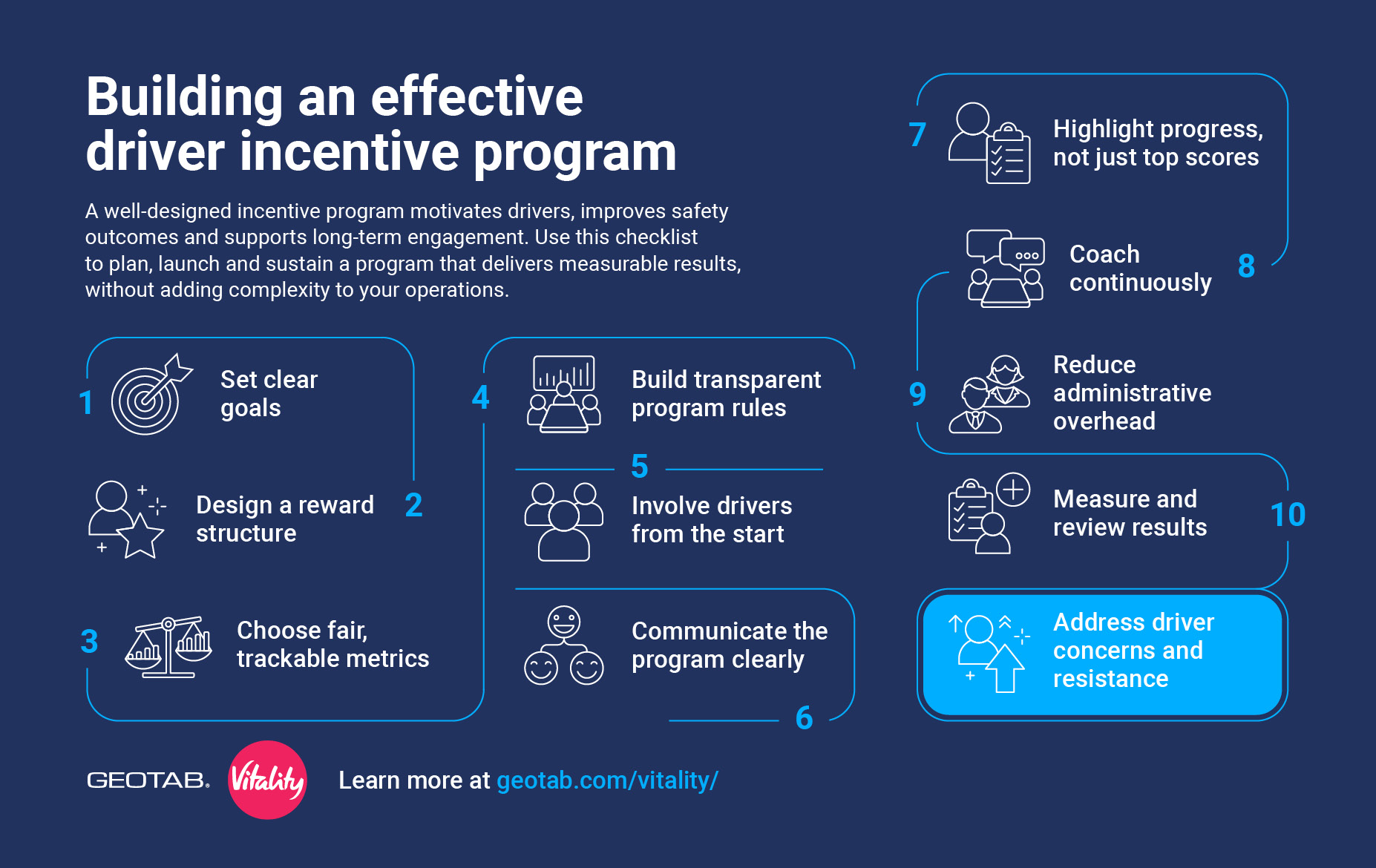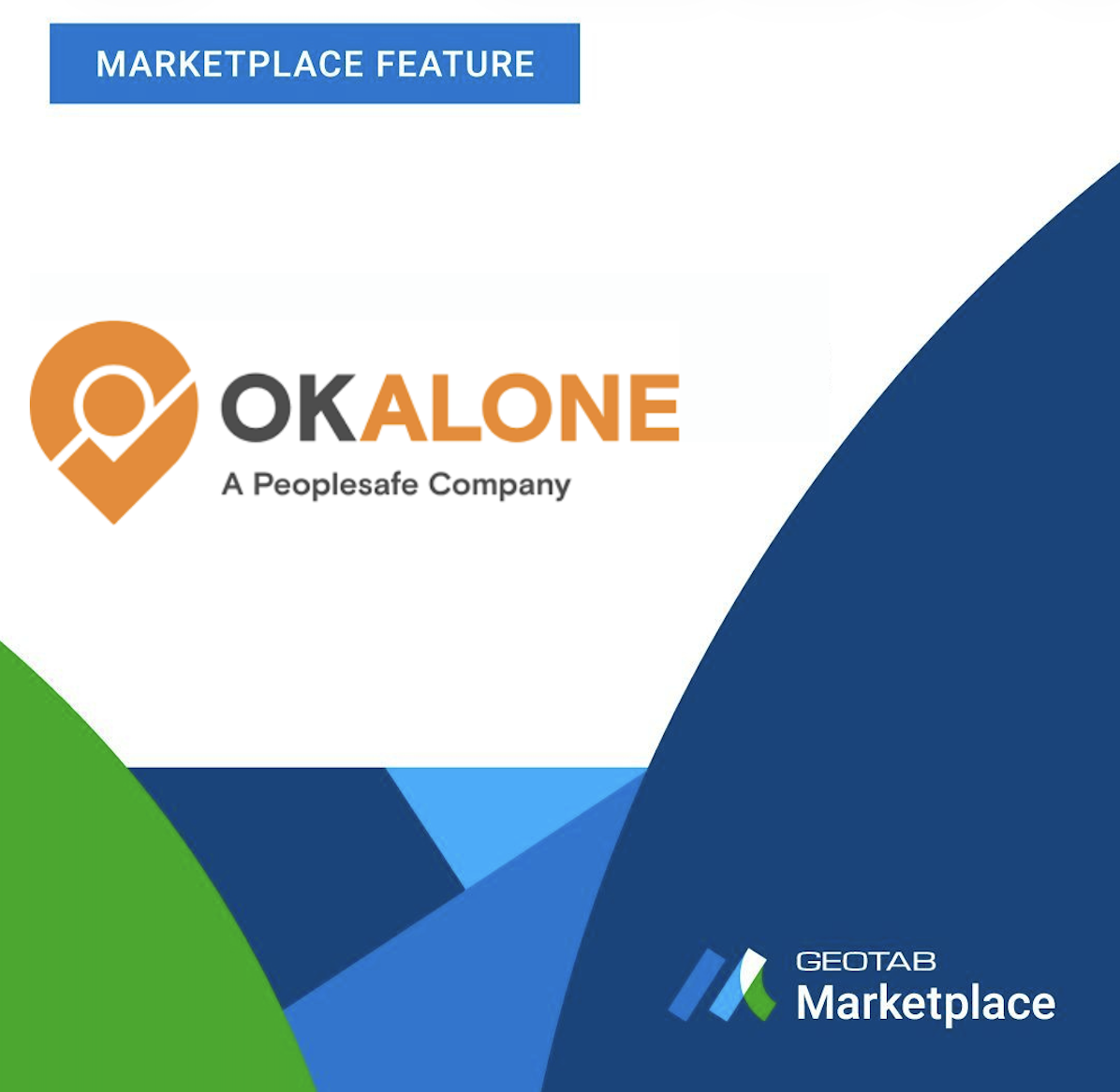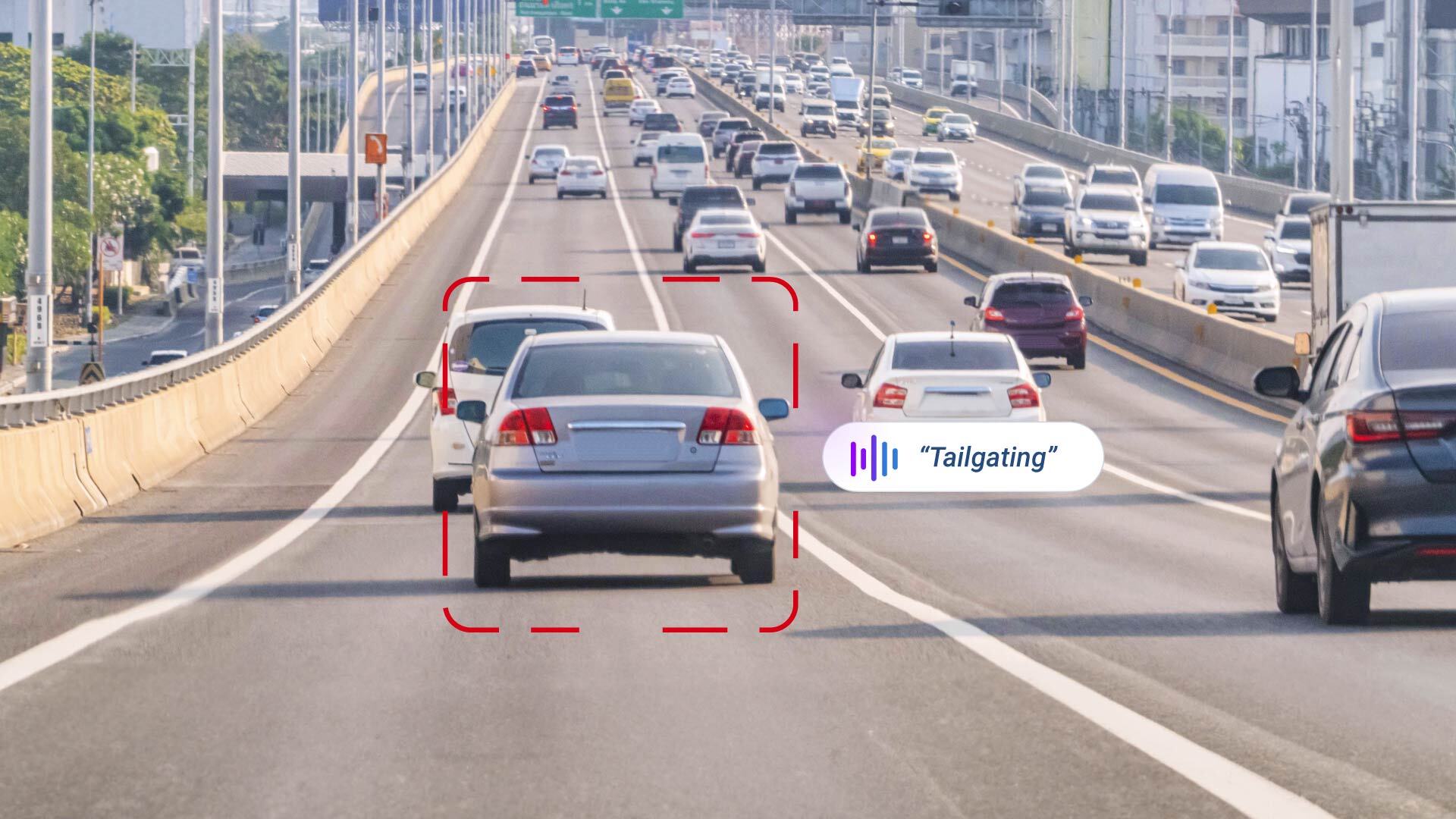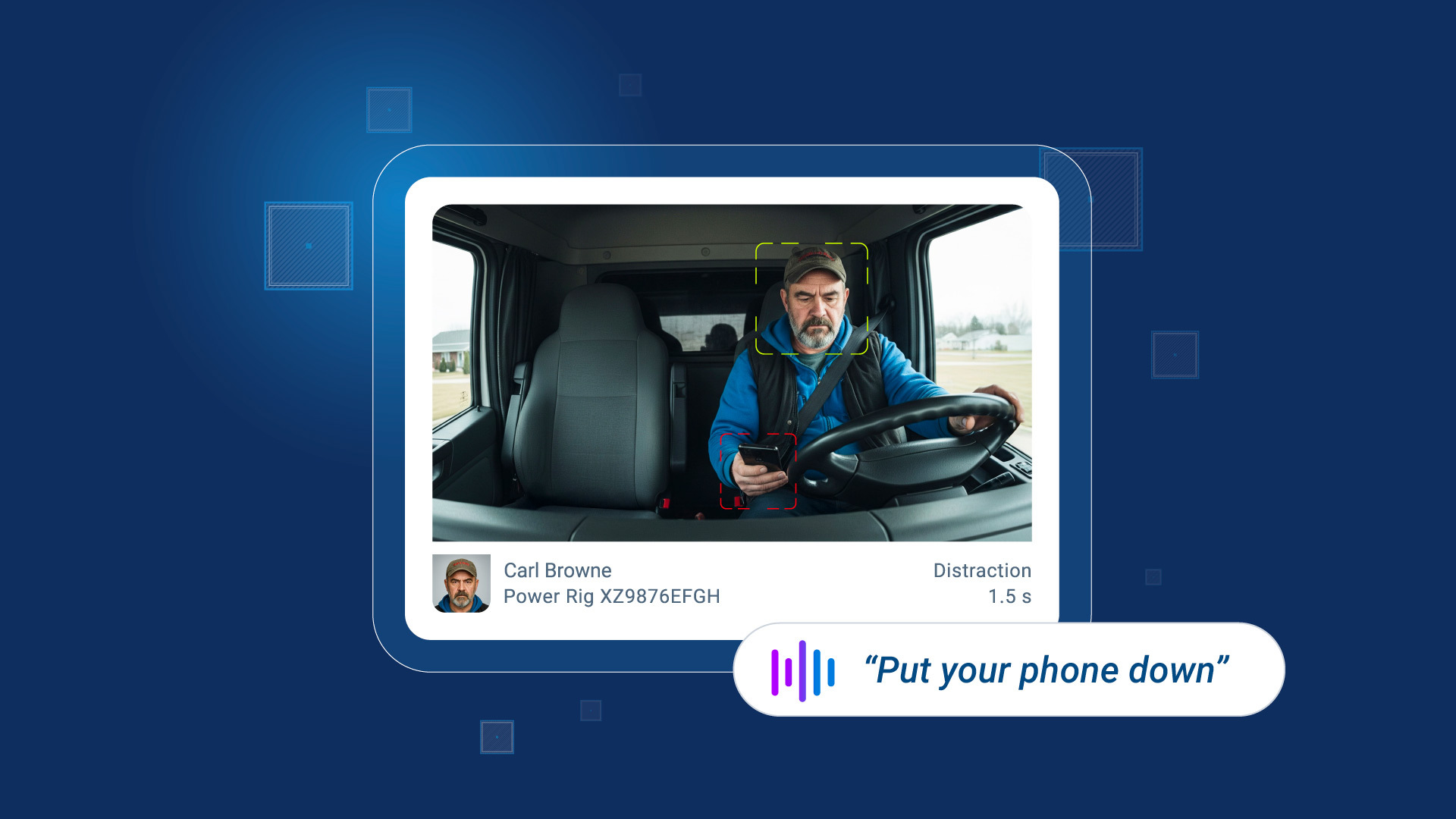The fleet safety incentive program checklist for driver engagement that lasts
How do you build a driver incentive program that improves behavior, retention and ROI? This post gives you the structure, tools and checklist to align rewards with real safety gains.

Content Marketing Manager • Corporate Marketing
Dec 4, 2025

Key Insights
- A driver incentive program improves fleet safety by combining defined goals to measurable behaviors and meaningful rewards.
- Programs often fail due to unclear rules, poor tracking or lack of driver input. This checklist helps avoid those pitfalls.
- The blog offers a free, step-by-step checklist to design and launch an effective, scalable driver rewards program based on real fleet data.
Another driver quits. Another incentive program stalls. You’re not alone.
Fleet and safety leaders face the same frustration: launch a safety initiative, see a brief lift in engagement, then watch as it quietly stalls. Risky driving returns and motivation drops and before long, the program is barely on anyone’s radar.
Without defined goals, fair rules and meaningful rewards, even the most well-intentioned programs lose momentum.
If you want a program that performs over time, you need structure. This checklist gives you exactly that. It breaks it all down into simple steps, including what to define, what to measure, how to reward and how to sustain engagement. Whether you’re focused on reducing risk or building a culture of recognition, this checklist helps you move from manual guesswork to a system that runs and scales with your operation.
Why driver incentive programs are important
Ask almost any fleet or safety leader where their biggest troublespots lie, and you’ll often hear the same answers: disengaged drivers, programs that fade out after launch and frustration of yet another layer of manual reporting. That’s why a driver rewards program that meets defined goals and fair recognition work for fleets aiming to change or create a long lasting culture of safety.
So what makes incentive programs succeed where others stall? Two things: step-by-step guidance and tools that keep both drivers and managers rowing in the same direction.
What’s in the checklist?
Our checklist breaks down the driver incentive challenge into simple, concrete steps, with each one built for fleets doing business in the real-world. Inside, you’ll get structured guidance across 10 key areas:
- Clear goal-setting (tie rewards to real behaviors like reduced harsh braking or idling)
- Trackable, objective metrics (leveraging your telematics data)
- Reward mix design (short-term + long-term, financial + recognition-based)
- Fair program rules (transparency = trust)
- Driver buy-in strategies (because top-down only gets you so far)
- Communication best practices (from launch to ongoing engagement)
- Progress tracking, not just performance ranking
- Coaching integration (turn data into improvement)
- Admin-light execution (automated, scalable, dispute-resistant)
- Measurement + review (proving ROI to leadership)

Common driver incentive pitfalls and how this checklist fixes them
Most incentive programs start off with good intentions but lose steam because of a handful of predictable mistakes:
- Goals are too broad or irrelevant. Without specific, relevant objectives, drivers are uncertain how to earn rewards, and program impact is diluted.
- Rules are unclear or hard to find. If program rules are not plainly explained and easily accessible, drivers are unlikely to participate.
- Rewards that are irrelevant. Recognition or incentives that do not align with drivers’ values or preferences result in low participation and engagement.
- Manual tracking and administration. When tracking, scoring and disputes need a lot of manual effort, the program becomes difficult to sustain.
- Lack of driver involvement. Programs that don’t incorporate driver input often miss key motivators, leading to reduced buy-in and effectiveness.
And, if you’re worried about resistance, you’ll get tips on addressing fairness, data use and how to turn skepticism into early buy-in.
Ready to get started?
Defined steps, practical advice and proven structure to build engagement, improve safety and keep great drivers behind the wheel.
Subscribe to get industry tips and insights

Content Marketing Manager • Corporate Marketing
.
Table of Contents
Subscribe to get industry tips and insights
Related posts

Elevating Worker Safety Through Simplicity: The OK Alone Story
December 3, 2025
2 minute read

The $4B Crisis: Video Intelligence as the Answer to Fleet Distraction
December 2, 2025
3 minute read

Geotab GO Focus Plus Camera Rules, Thresholds, and Event Buffers Explained
October 27, 2025
2 minute read

How AI dash cams help fleets tackle distracted driving and reduce collisions
October 23, 2025
4 minute read

Protecting Our Most Precious Cargo: How Telematics is Powering a Safer Ride to School
October 23, 2025
2 minute read

How Geotab’s Predictive Safety Model helps fleets prevent collisions before they happen
October 17, 2025
2 minute read